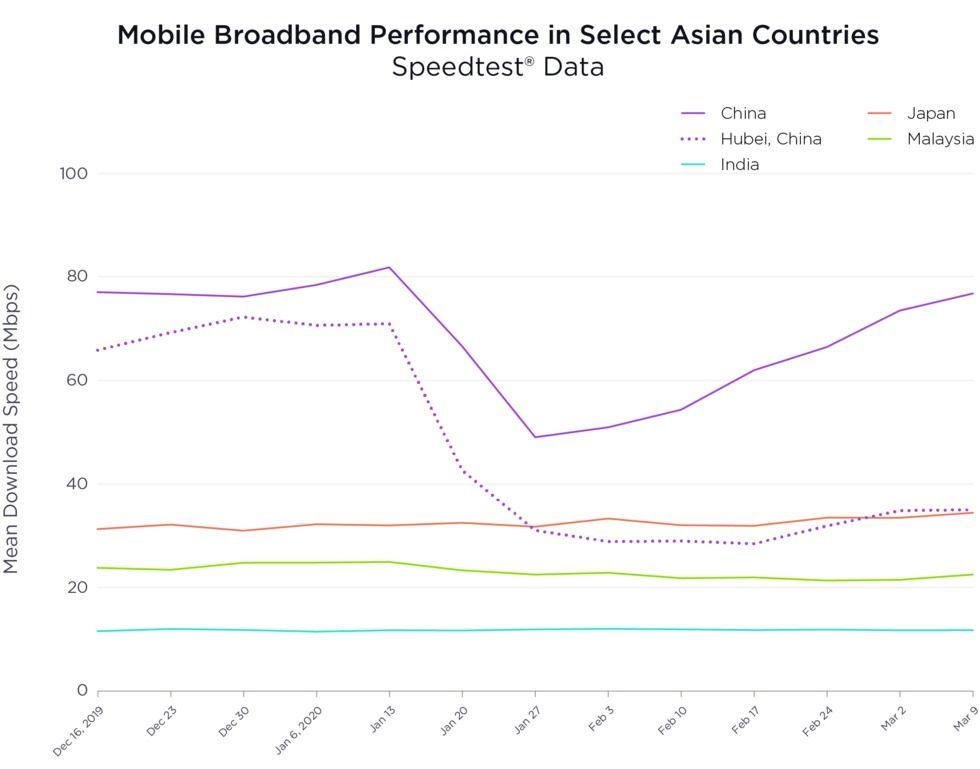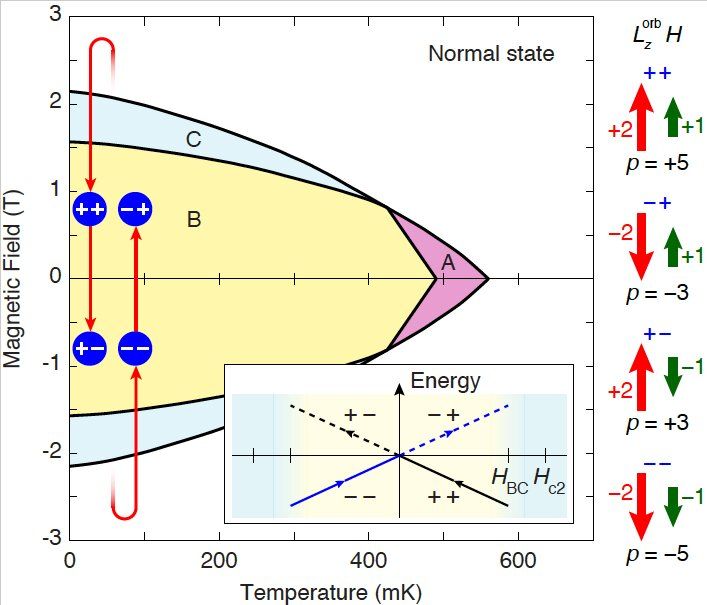O,.,o woah.
Chiral superconductors are unconventional superconducting materials with distinctive topological properties, in which time-reversal symmetry is broken. Two of the first materials to be identified as chiral superconductors are UPt3 and Sr2RuO4. So far, experimental evidence for broken time-reversal symmetry in both these materials was based primarily on surface measurements collected at a magnetic field equal to zero.
Researchers at the University of Notre Dame and Northwestern University, however, recently set out to gather new evidence for the chiral superconductivity of the material UPt3, moving beyond surface measurements at conditions with a zero magnetic field. Their paper, published in Nature Physics, contains the results of truly bulk measurements of UPt3 with an applied magnetic field, which provide direct evidence of broken time-reversal symmetry in the material.
“The measurements we collected are the conclusion of a decade long-term collaboration between William Halperin at Northwestern University and myself, driven by previous (William Gannon) and current (Keenan Avers) graduate students,” Morten Eskildsen, one of the researchers who carried out the study, told Nature Physics. “They are especially timely given that recent thermal conductivity and 17O Knight shift measurements call into question the earlier determination of odd parity pairing in Sr2RuO4.”


